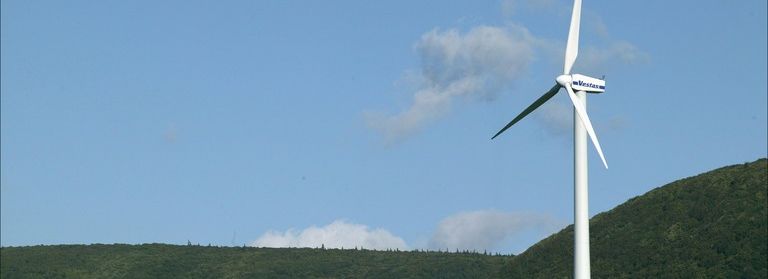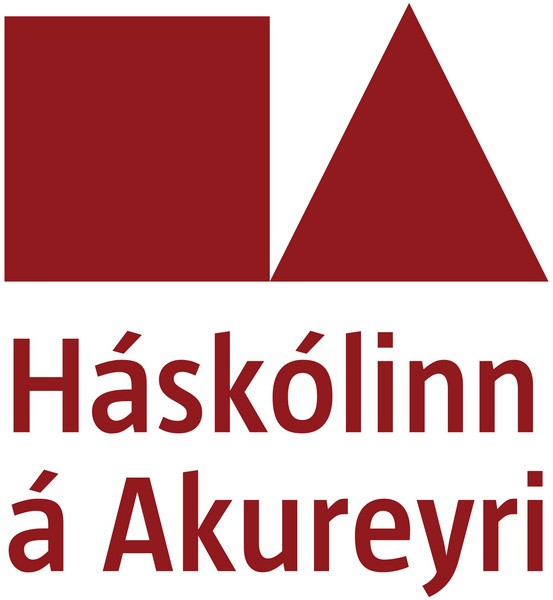The management of the Wholefoods Market retail chain came to Matís recently and got to know the company's operations.
The fishing company Cumbrian Seafoods took over almost two years ago a new fish processing house in Seatham on the east coast of Britain. The building is particularly technologically advanced by British standards, but this 250-person company supplies many of the UK's largest retailers with seafood.
Cumbrian seafood puts a lot of effort into making their production as consistent as possible with modern requirements for the sustainability of the entire life cycle of the product they produce, so they have now decided to install windmills that will supply the fish processing house with all the electricity it needs. In this way, they expect to be able to virtually eliminate the "carbon footprint" of the processing.
The demand from retailers and consumers in the UK for an improved flow of information regarding carbon production in the production of various products has increased enormously in recent months, and Cumbrian Seafoods has decided to make this investment, even though they believe that their electricity costs will increase as a result.
Subsequently, the question is whether we should not, to a greater extent than has been done so far, implement the thinking of life cycle analysis (LCA) in the production and labeling of seafood. This is an issue that Matís has been very interested in in recent months and the company is interested in promoting the introduction of life cycle analysis in the production of Icelandic food.












